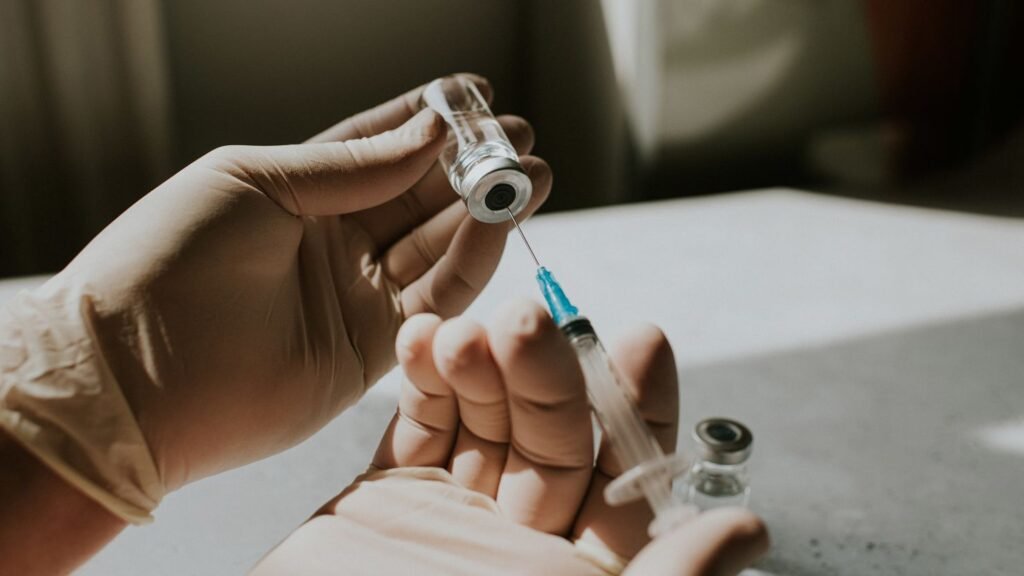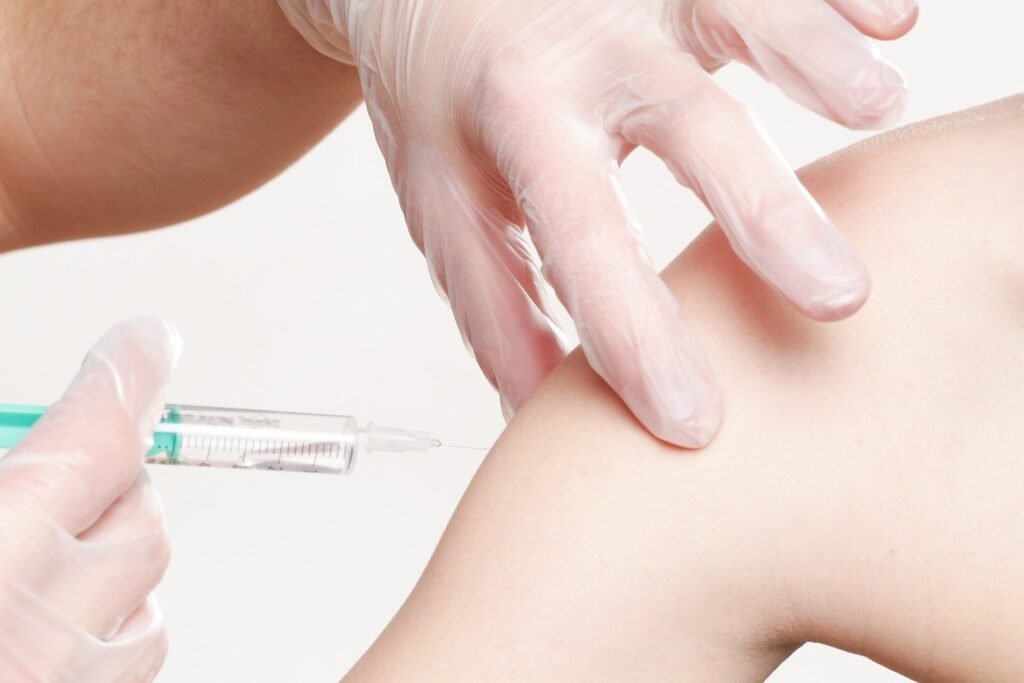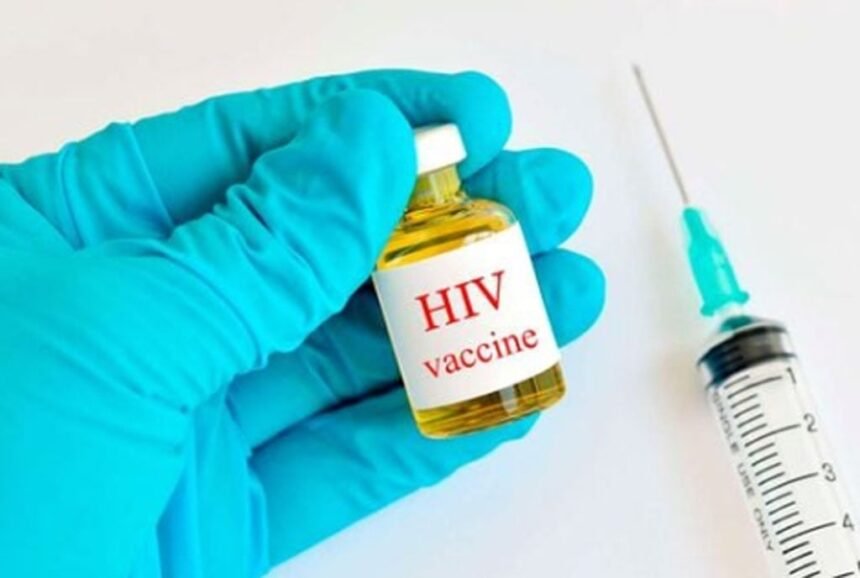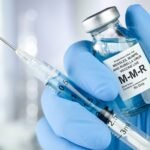Introduction: A New Tool in the Fight Against HIV
The World Health Organization (WHO) has issued a global recommendation to include the newly approved HIV drug, lenacapavir, as a twice-yearly prevention shot for populations at high risk. Lenacapavir, previously approved for treatment, has demonstrated remarkable efficacy in preventing HIV infections, offering near-total protection in clinical trials. This recommendation underscores the importance of expanding HIV prevention tools to curb infections worldwide, especially in countries where the burden remains high. While the shot provides hope, global funding challenges threaten the reach and impact of this lifesaving intervention.
Understanding Lenacapavir and Its Impact
Lenacapavir, or LEN, represents a long-acting injectable option that can be administered twice a year. Unlike daily oral medications such as Truvada or bimonthly injectables like Apretude, lenacapavir’s six-month interval can improve adherence and accessibility for people who struggle with frequent clinic visits or have challenges maintaining daily medication routines. Clinical trials indicate that LEN can provide nearly complete protection against HIV when used as pre-exposure prophylaxis (PrEP), making it a significant breakthrough in the fight against the virus. WHO emphasizes that LEN should be offered alongside existing prevention methods as part of a comprehensive HIV strategy.

How HIV Spreads and Why Prevention Matters
HIV primarily spreads through unprotected sexual activity and shared needles, attacking the body’s immune system and potentially leading to AIDS if untreated. Globally, approximately 40 million people were living with HIV at the end of 2023. Prevention strategies such as PrEP are essential to curbing transmission, protecting vulnerable populations, and reducing long-term healthcare burdens. The introduction of LEN as a twice-yearly injectable expands these strategies, particularly in communities with limited access to healthcare or where daily medication adherence is challenging.
Global Funding Challenges and Risks
Despite the promise of lenacapavir, the global HIV response faces serious funding challenges. International support, including programs like PEPFAR, accounts for approximately 80% of prevention efforts in low- and middle-income countries. Recent reductions in funding, including the scaling back of PEPFAR contributions, have jeopardized the continuity of HIV prevention and treatment services. In countries like Nigeria and Kenya, these reductions have already resulted in significant decreases in the number of people receiving PrEP and other critical HIV interventions. Experts warn that without urgent funding support, millions of people could face new infections or disruptions in life-saving care over the next five years.
Partnerships to Ensure Global Access
To address the potential gaps in access, Gilead Sciences, the manufacturer of lenacapavir, has partnered with the Global Fund to supply the drug at no profit for low- and lower-middle-income countries. This collaboration aims to provide enough medication to protect up to two million people ahead of generic versions becoming available. WHO and its global partners, including UNAIDS, are working to support countries in implementing LEN programs effectively. Ensuring equitable access to this preventive tool is critical to curbing HIV infections worldwide and safeguarding vulnerable populations.
At-Risk Populations and the Role of Prevention
WHO highlights that certain populations are particularly vulnerable to HIV infection, including adolescents, sex workers, men who have sex with men, intravenous drug users, and pregnant and breastfeeding women. The twice-yearly injectable offers these groups a more practical and reliable method of protection compared to daily oral PrEP. Prevention not only protects individuals but also reduces community-level transmission, contributing to overall public health resilience. Global efforts must prioritize reaching these high-risk populations to maximize the impact of lenacapavir.
The Importance of Integration into Existing HIV Programs
Implementing LEN effectively requires integration into existing HIV programs and services. Countries need strong healthcare infrastructure, trained healthcare professionals, and community-based strategies to identify and reach those at risk. Rapid diagnostic tests, including at-home testing, are recommended alongside LEN to ensure accurate HIV status assessment before initiating or continuing PrEP. By combining preventive tools with effective testing and monitoring, health systems can achieve greater success in reducing HIV transmission. https://www.who.int/teams/global-hiv-hepatitis-and-stis-programmes/hiv/prevention

The Consequences of Inaction
Experts warn that failing to maintain HIV prevention programs and ensure access to new interventions like LEN could result in millions of additional infections and deaths. UNAIDS estimates that without sustained funding, 4 million extra deaths and 6 million new infections could occur globally between 2025 and 2029. Drug resistance could also increase if people stop treatment abruptly, further complicating the global HIV response. Immediate action is needed to prevent these outcomes and safeguard progress made over the past decades.
Future Outlook and Global Solidarity
While lenacapavir offers hope, its success depends on global cooperation and adequate financing. Governments, donors, healthcare providers, and civil society must work together to implement the WHO recommendation and ensure equitable access. Efforts must also include public Twice-yearly HIV prevention shot awareness campaigns, community engagement, and strategies to reach marginalized populations. LEN represents a pivotal opportunity to reshape the trajectory of the HIV epidemic, but achieving this goal requires coordinated global action and sustained commitment.
Conclusion: A Critical Moment in HIV Prevention
The recommendation to use lenacapavir as a twice-yearly HIV prevention shot represents a milestone in public health. This intervention has the potential to dramatically reduce HIV infections worldwide, particularly in high-burden regions and among at-risk populations. However, the global response will only succeed if funding gaps are addressed and implementation is supported through international collaboration. LEN is more than a medical breakthrough; it is a tool for equity, health security, and the fight against one of the world’s most persistent epidemics.




